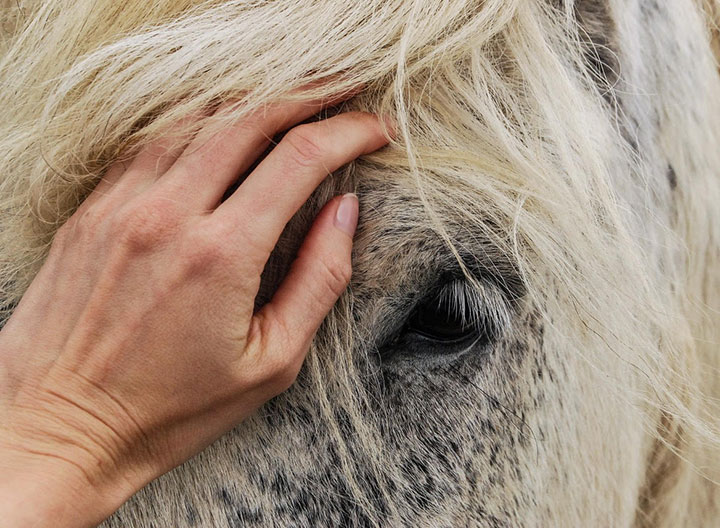Veterinary
Equine Arthritis
Arthritis, particularly osteoarthritis (OA) or degenerative joint disease (DJD), is a common condition affecting horses, particularly as they age. This chronic and progressive disease leads to joint inflammation, pain, and reduced mobility, impacting a horse’s comfort and performance.
Equine arthritis is a common degenerative joint condition that affects horses of all ages but is particularly prevalent in older and performance horses. This progressive disease results in joint inflammation, stiffness, pain, and reduced mobility, ultimately impacting a horse’s quality of life and performance capabilities.
Causes of Arthritis in Horses
Several factors contribute to the development of arthritis including:


- Age-Related Wear and Tear – Natural degeneration of cartilage over time.
- Conformation Issues – Poor limb alignment increasing joint strain.
- Previous Injuries – Trauma, fractures, or ligament damage leading to joint instability.
- Intensive Workload – High-impact disciplines like eventing or racing accelerating cartilage breakdown.
- Infections – Joint infections (septic arthritis) causing significant damage.
Recognising the Symptoms
Arthritis often develops gradually, making early identification crucial. Key signs include:
- Stiffness and Reduced Flexibility – Particularly noticeable after rest.
- Lameness – Intermittent or persistent, often worsening in cold weather.
- Joint Swelling and Heat – Indicative of inflammation.
- Reluctance to Move or Perform Usual Activities – Resistance to work or difficulty in bending limbs.
- Behavioural Changes – Signs of discomfort such as irritability when being tacked up.


Diagnosis and Veterinary Assessment
A thorough veterinary evaluation is essential for diagnosing arthritis. This typically involves:
- Clinical Examination – Assessing gait, range of motion, and joint health.
- Flexion Tests – Evaluating lameness following joint flexion.
- Diagnostic Imaging – X-rays, ultrasound, or MRI to assess joint damage.
- Synovial Fluid Analysis – Identifying inflammation or infection.
Managing Arthritis in Horses
While arthritis cannot be cured, its progression can be slowed and symptoms effectively managed. Treatment options include:
- Medication & Veterinary Treatments
- Non-Steroidal Anti-Inflammatory Drugs (NSAIDs) – Such as phenylbutazone (bute) to manage pain.
- Joint Injections – Corticosteroids or hyaluronic acid to reduce inflammation and improve mobility.
- Biologic Therapies – Regenerative treatments like PRP (Platelet-Rich Plasma) or Stem Cell treatments are proving to have positive effects on some horses.


- Nutritional Support & Supplements
- Glucosamine & Chondroitin Sulphate – Supporting cartilage health.
- MSM (Methylsulfonylmethane) – Reducing inflammation and promoting joint flexibility.
- Omega-3 Fatty Acids – Found in flaxseed to aid joint lubrication.
- Lifestyle & Management Adjustments
- Consistent, Low-Impact Exercise – Gentle movement helps maintain joint function.
- Weight Management – Reducing strain on joints.
- Appropriate Hoof Care – Correct trimming and shoeing to improve alignment.
- Warmth & Comfort – Keeping horses warm in winter with appropriate rugs.
Preventing Arthritis in Horses
While not all cases can be prevented, steps can be taken to minimise risk:
- Implement a structured conditioning programme to avoid overloading joints.
- Provide balanced nutrition to support joint development and health.
- Ensure correct footing and surfaces for exercise to prevent excessive strain.
- Regular veterinary check-ups to identify and manage early signs.
Caring for an Arthritic Horse
With proper management, horses with arthritis can continue to lead active, comfortable lives. If you suspect your horse may be showing signs of joint discomfort, consult your equine vet for an early diagnosis and a tailored management plan.
More Great Articles From Agnew Equine To Come.

